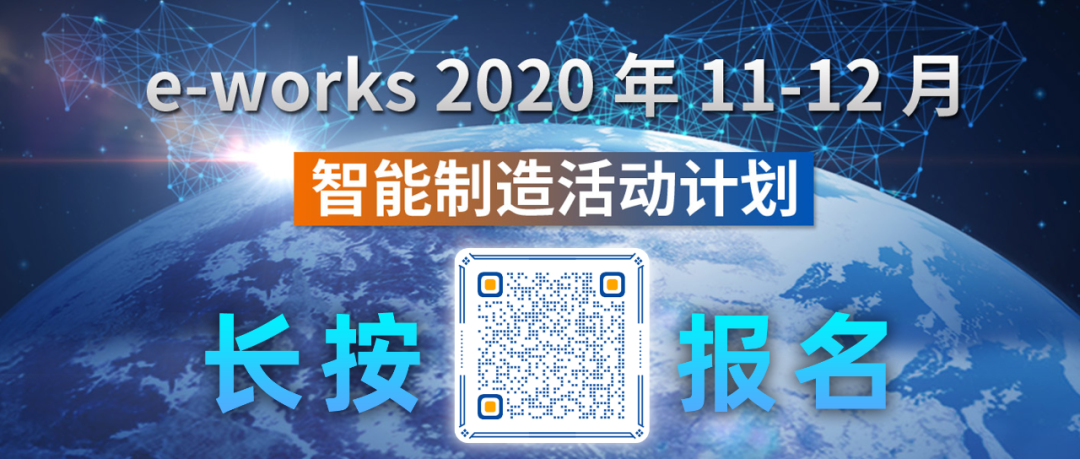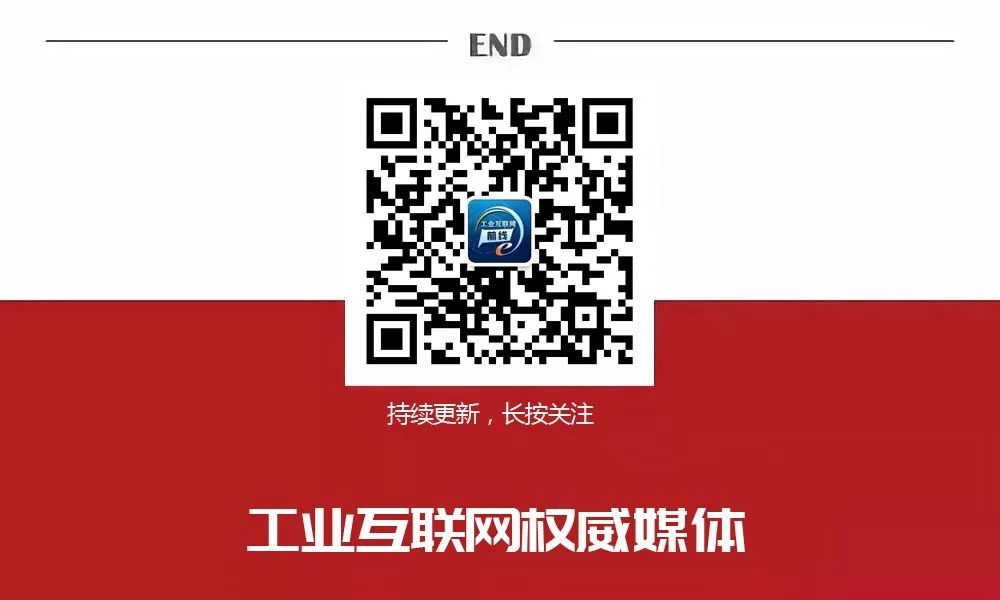Author: Zhao Manman
Source: Zhongzhi Observation This article is authorized
In early November, Gartner released the latest Magic Quadrant for Industrial Internet of Things (IIoT) platforms, marking the third consecutive year Gartner has published the Magic Quadrant for IIoT platforms.
On one hand, for many industrial enterprises, the Magic Quadrant provides a clear view of the strengths of IIoT platforms, offering direction for their choices.
At the same time, more industrial enterprises are beginning to enter the IIoT platform space. Gartner predicts that by 2025, 25% of large global industrial enterprises will acquire or invest in IIoT platform companies, up from just 5% in 2020.
On the other hand, the continuous advancement of IIoT platforms and the increasing business opportunities are accelerating the deployment of industrial IoT applications.
Gartner forecasts that by 2025, 50% of industrial enterprises will use IIoT platforms to improve factory operations, compared to only 10% this year.

Is Industrial IoT the Same as Industrial Internet?
The Industrial Internet is listed alongside 5G, AI, and others as one of the seven major areas of “new infrastructure” proposed by the state this year.
The new infrastructure aims to create a new type of infrastructure characterized by digitalization, networking, and intelligence. The integration of new infrastructure with traditional industries can give rise to new production and operation models, leveraging new generation information technologies such as 5G, cloud computing, and AI to empower innovation across various fields of traditional industries.
This year’s government work report also clearly states the need to build an industrial internet platform. From this perspective, the industrial sector characterized by digitalization and intelligence is entering a new round, namely the development stage of Industry 4.0.
So, are the concepts of Industrial Internet and Industrial IoT the same?
Zhao Wenhui, Deputy General Manager of Inspur Industrial Internet, stated in an interview that the Industrial Internet refers to the network of industrial interconnections.
Within enterprises, it aims to achieve interconnection among industrial equipment (production equipment, logistics equipment, energy measurement, quality inspection, vehicles, etc.), information systems, business processes, products and services, and personnel, realizing interconnection between the enterprise’s IT network and industrial control network, and achieving vertical interconnection from the workshop to the decision-making level.
Between enterprises, it aims to achieve horizontal interconnection among upstream and downstream enterprises (suppliers, distributors, customers, partners); from the perspective of the product lifecycle, it aims to achieve interconnection throughout the entire lifecycle of the product from design, manufacturing, service, to recycling and reuse.
On the other hand, Industrial IoT refers to the application of IoT in industry. It can be said that the Industrial Internet encompasses Industrial IoT but extends further to include the enterprise’s information systems, business processes, and personnel.
CEO An Gui of Zhongfu stated that the Industrial Internet and Industrial IoT are essentially the same. However, Industrial IoT focuses more on the connection of production equipment, data collection and monitoring of equipment, remote maintenance of equipment, and various data analyses.
The Industrial Internet is not limited to this; it also includes connections and data collection and analysis for internal production management, business management, and external business management of enterprises.
“The Internet of Things is the foundation of the Industrial Internet, which has a broader scope!” said industry expert Zhou Bing in an interview.
Industrial IoT platforms are sometimes used interchangeably with Industrial Internet platforms. However, strictly speaking, the two are not completely the same; the main difference is that Industrial IoT does not connect to the internet, but rather focuses on the connection of things and devices, while the Industrial Internet connects the IoT with management systems.

Therefore, the Industrial Internet platform has three major characteristics:
First, data collection is fundamental. Its essence is to utilize ubiquitous sensing technology to efficiently collect and aggregate data from multiple sources, heterogeneous systems, operational environments, and personnel information in the cloud.
Second, Industrial PaaS is core. Its essence is to build a scalable operating system on existing mature IaaS platforms, providing a foundational platform for the development of industrial application software.
Third, Industrial APPs are key. They are primarily aimed at specific industrial application scenarios, stimulating societal resources to promote the modeling and softwareization of industrial technology, experience, knowledge, and best practices, allowing users to optimize the allocation of specific manufacturing resources through the invocation of industrial APPs.
The Industrial Internet Industry Alliance’s “White Paper on Industrial Internet Platforms” summarizes ubiquitous connectivity, cloud services, knowledge accumulation, and application innovation as the four major characteristics of industrial internet platforms.
Let’s take a look at Gartner’s definition of IIoT platforms. An IIoT platform is a set of integrated software functions designed to improve asset management decisions in asset-intensive industries, providing operational visibility and control for factories, infrastructure, and equipment.
Gartner’s definition of IIoT platforms establishes several key points:
First, it must be able to economically and efficiently collect various machine data from connected IoT endpoints;
Second, it should integrate previously isolated data sources to provide better accessibility;
Third, through specialized data analysis, it should provide decision-making support, improving insights and actions across heterogeneous assets.
Thus, the essential technical capabilities that an IIoT platform must possess include device management, integration, data management, analytics, application support and management, and security.
Changes in IIoT from the Magic Quadrant Perspective
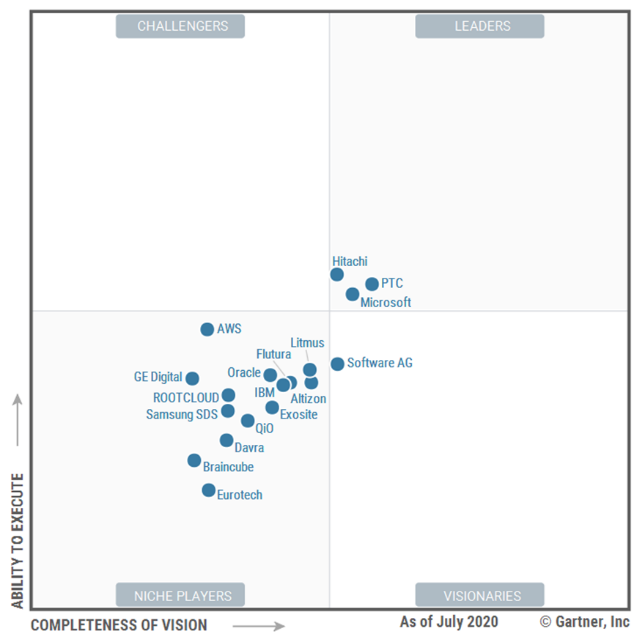
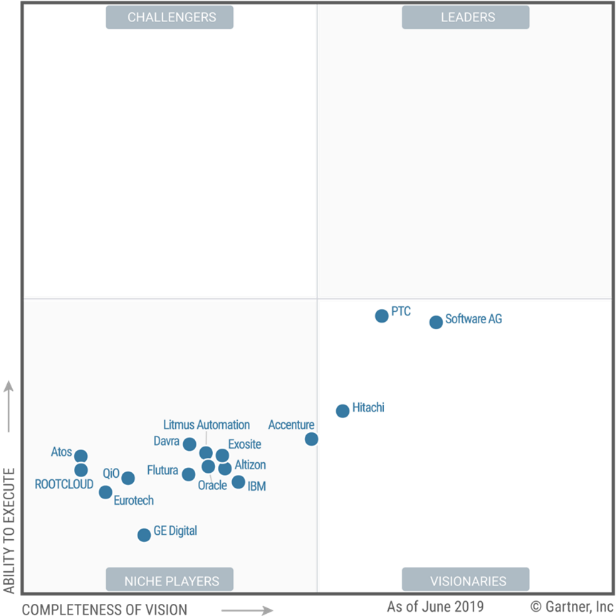
From the 2019 and 2020 Gartner IIoT Magic Quadrants, as shown in the two images above, several changes in IIoT platforms can be observed:
First, the distribution of companies entering the quadrants indicates that the progress and changes in IIoT platforms are intensifying.
In the 2020 Magic Quadrant, three IIoT companies made their debut in the “Leaders” quadrant, including PTC, Hitachi, and Microsoft. Previously, the Leaders quadrant had been vacant.
However, the “Challengers” quadrant remains empty, and the “Visionaries” quadrant has only one company, Software AG, while 14 companies including IBM, AWS, Oracle, and General Electric are categorized as “Niche Players”.
Second, cloud and on-premises deployments are gradually being accepted.
In May 2018, when Gartner released the first IIoT Magic Quadrant, it required that companies’ IoT platforms must have both cloud and on-premises deployment capabilities. Many companies, including Microsoft, Bosch, General Electric, and Siemens, were excluded at that time due to this requirement.
After three years of development, more and more companies meet this requirement. It seems that enterprises have recognized this development direction.
Gartner believes that the environment faced by industrial engineers is constantly changing, and they are highly concerned about the devices they can access and control. The on-premises deployment of IIoT lays the foundation for building trust between them and the platform.
Third, the number of new entrants and exits is gradually increasing, with more companies entering this field.
In 2020, four new suppliers entered the market, including AWS, Microsoft, Braincube, and Samsung SDS, while two companies, Accenture and Atos, exited.
From the types of companies entering Gartner’s quadrants, there is a diverse range of IIoT company types, including cloud service providers, large manufacturing enterprises, software companies, and innovative enterprises, enriching the IIoT market and providing industrial enterprises with more choices.
The growth rate of the market will be determined by industrial and operational technology providers, equipment manufacturers, and industrial machinery manufacturers, as well as their ability to acquire more software expertise. Leading technology suppliers such as GE, Siemens, Schneider, ABB, Rockwell Automation, Honeywell, Bosch, and Hitachi are actively acquiring to gain the necessary capabilities and talent to seize new opportunities in IIoT.
Cloud service providers, including AWS IoT Greengrass, Microsoft Azure IoT, and IBM Watson IoT, are successfully attracting developers to create IIoT applications, systems, and solutions at a faster pace than traditional IoT platforms.
Chinese Players Accelerating IIoT Applications
Compared to foreign IIoT, more suppliers have emerged in China’s industrial internet platform space.
At the 2019 Industrial Internet and Digital Economy Conference and the Second Industrial Internet Platform Innovation Development Conference, Li Ying from the Ministry of Industry and Information Technology stated that human society has entered the era of the Fourth Industrial Revolution.
Currently, there are over 50 industrial internet platforms in the country with certain regional and industry influence, with the average number of industrial devices connected to key platforms reaching 650,000, the number of industrial models exceeding 830, and the number of industrial apps reaching 1,950, with registered users exceeding 500,000.
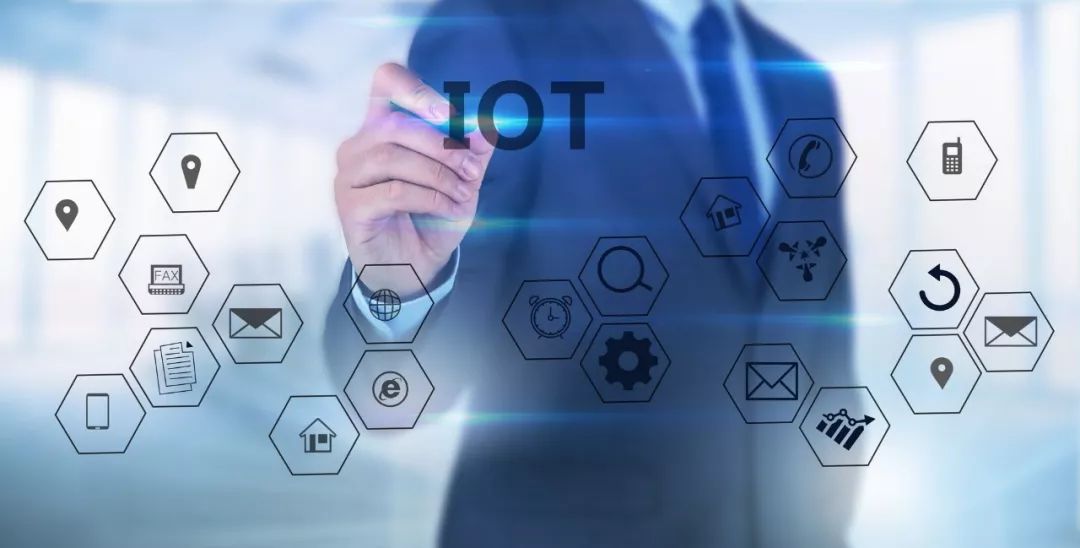
Zhao Wenhui from Inspur Cloud introduced that there are currently three main factions of industrial internet platforms in China:
First, traditional manufacturing enterprises like Haier and Aerospace Science and Industry Corporation that have incubated industrial internet platforms;
Second, ICT companies like Inspur Cloud, Huawei, and Yonyou that have incubated industrial internet platforms;
Third, emerging internet companies like Alibaba and Tencent that have industrial internet platforms.
Zhao Wenhui stated that each of the three major industrial internet platform camps has its strengths.
Platforms represented by Aerospace Science and Industry Corporation, Haier, and Midea have the advantage of being manufacturing enterprises themselves, familiar with production processes, and their industrial cloud platforms are more oriented from a manufacturing perspective, excelling in specific production processes.
Compared to traditional manufacturing enterprises, ICT companies represented by Inspur, Huawei, and Yonyou have a strong internet technology foundation, capable of providing infrastructure and technical support for the manufacturing industry.
It is certain that both Yonyou and Inspur have long focused on the enterprise market, with over 30 years of experience and a large customer base, familiar with manufacturing application scenarios, able to promptly identify and solve manufacturing issues, and provide personalized customization. They rely on their respective industrial internet platforms to build an open ecosystem and promote replication of their experiences.
Internet companies like Alibaba and Tencent deploy in the industrial internet space, leveraging their advantages in internet and cloud computing, using their accumulated computing power and experience in the consumer cloud domain to empower and co-build with the characteristics of the manufacturing industry.
An Gui categorizes the current industrial internet platforms into four types: first, industrial internet platforms incubated by large group companies, primarily serving the group companies, such as RootCloud; second, platforms from third-party hardware and software companies, such as the third-party industrial internet platform launched by Zhongfu; third, internet industrial internet platforms, generally focusing on IaaS technology and services; fourth, industrial internet platforms involving telecom operators, mainly utilizing their channels to collaborate with industrial internet service providers to offer services to industrial enterprises, currently focusing on regional platforms.
Zhou Bing believes that internet companies emphasize IaaS capabilities and ecosystem construction; platforms originating from manufacturing emphasize industry accumulation and PaaS layers; and ICT companies excel in understanding key industries and accumulating a large customer base.
In the Ministry of Industry and Information Technology’s 2019 “Double Cross” industrial internet platforms, the platforms came from ten companies including Haier, Dongfang Guoxin, Yonyou, RootCloud, Aerospace Cloud Network, Inspur, Huawei, Foxconn, Alibaba, and XCMG, with manufacturing companies like Haier, RootCloud, XCMG, and Foxconn holding four seats, becoming the “majority”.
Currently, major enterprises are riding the wave of new infrastructure, complementing each other’s strengths and accelerating their layouts. It is believed that with the rapid development of the industrial internet industry, the characteristics of “differentiated competition” among platforms will become increasingly evident, and which platforms will ultimately prevail remains to be seen in the market.
Accelerating IIoT Application Deployment
Leading IIoT company PTC has conducted a series of surveys and believes that industrial IoT is no longer a technology to observe; enterprises must take action, or they risk being eliminated.
PTC’s survey found that due to considerations of security and low latency, factories prefer on-premises deployments, while cloud deployments are more common in smart cities, transportation, and other industry applications.
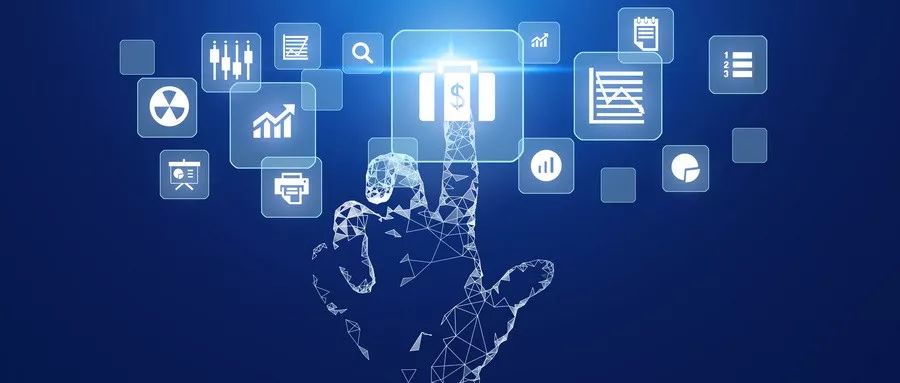
Bain’s survey report predicts that the industrial IoT will overcome adoption barriers, and software, hardware, and system solutions in manufacturing, infrastructure, construction, and utilities will continue to grow rapidly, with the total market size expected to reach $200 billion by 2021.
For manufacturers and sellers, quality control, remote monitoring of equipment, and tracking of assets or equipment on the production site are current typical application scenarios for IIoT.
Due to adoption barriers, the attractiveness of predictive maintenance to manufacturers has declined since 2016. Predictive maintenance is currently one of the most typical demands in IIoT applications, highlighting the importance of software expertise from suppliers in expanding the market. Augmented reality and virtual reality for maintenance and training, as well as energy management, are desired scenarios for manufacturers, but suppliers are not yet fully prepared to deliver.
Implementation risks are one of the main adoption challenges faced by manufacturers, including integration involving technical expertise, system and data migration, and data portability risks. Bain’s recent survey found that among manufacturers’ concerns regarding legacy system integration, technical expertise, data portability, and transition risks are also the most critical areas.
In contrast, in 2016, manufacturers were most concerned about security, return on investment, and the difficulties of integrating IoT solutions with existing IT and operational technologies.
Of course, security and integration remain the primary issues faced in IIoT implementation, indicating that technology suppliers still need to work harder to address these issues.
Continuously improving IIoT platforms and their development policies, as well as application innovation demonstrations, are sufficient to build an industry-empowering and effective “platform +” industrial ecosystem, nurturing new economic growth momentum and ushering industrial enterprises into the era of Industry 4.0.
e-works November-DecemberSmart ManufacturingTraining and Event ContentExcitingLong press the QR codeto see the event plan and registration▼